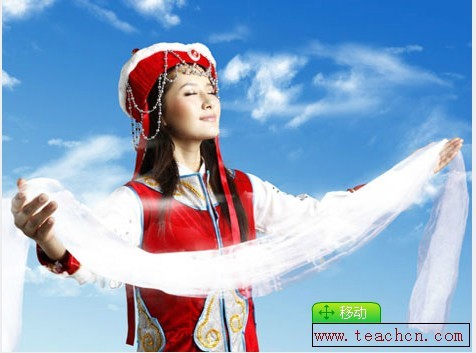Posted 2016/12/6
Hada, in Tibetan and some Mongols customs is a gift to greeting people, worshipping celestial beings, and in daily person-to-person contacts.
According to the book Tibetan Customs and Habits by the Tibetan scholar Chilai Qoizhag, hada was invented by the Han people before it found its way to Tibet. During the Yuan Dynasty, when the Tibetan Sakya King, Phags-pa, returned to Tibetan after meeting Hublai, the founding emperor of the Yuan Dynasty, he brought a piece of hada that was inscribed with patterns of the Great Wall on both ends and the four Chinese characters that mean “good luck”.
In the long history of Chinese culture , various symbolic objects have been created among which the most representative ones are dragon and phonex as implicating auspicious luck in Chinese people's mind.There are also ones made from homespun. Red, yellow and light blue hada are made of fine silk fabrics and embroidered with Buddhist statues, Sanskrit messages, lotus flower and auspicious clouds, to be used for occasions of the highest grades.

When worshiping Buddhist statues, greeting or bidding farewell to friends, or holding weddings or funerals, hada is always hold and appears to show respects and goodwill to their beloved friends and closest ones.Whenever they are on a trip they make it a point to bring along several pieces of hada to be given to friends or relatives. Tiny pieces of hada are attached to letters as a way of good will.
The Tibetans are very etiquette conscious when presenting hada. When the recipient is an elderly, they would bend their body and hold hada above their head before presenting it to the recipient's seat or feet. The ritual is much simpler between peers—you simply thrust the hada to the recipient's hand. When a hada is presented to member of the younger's neck, and the youngster is supposed to bend his body to show gratitude.